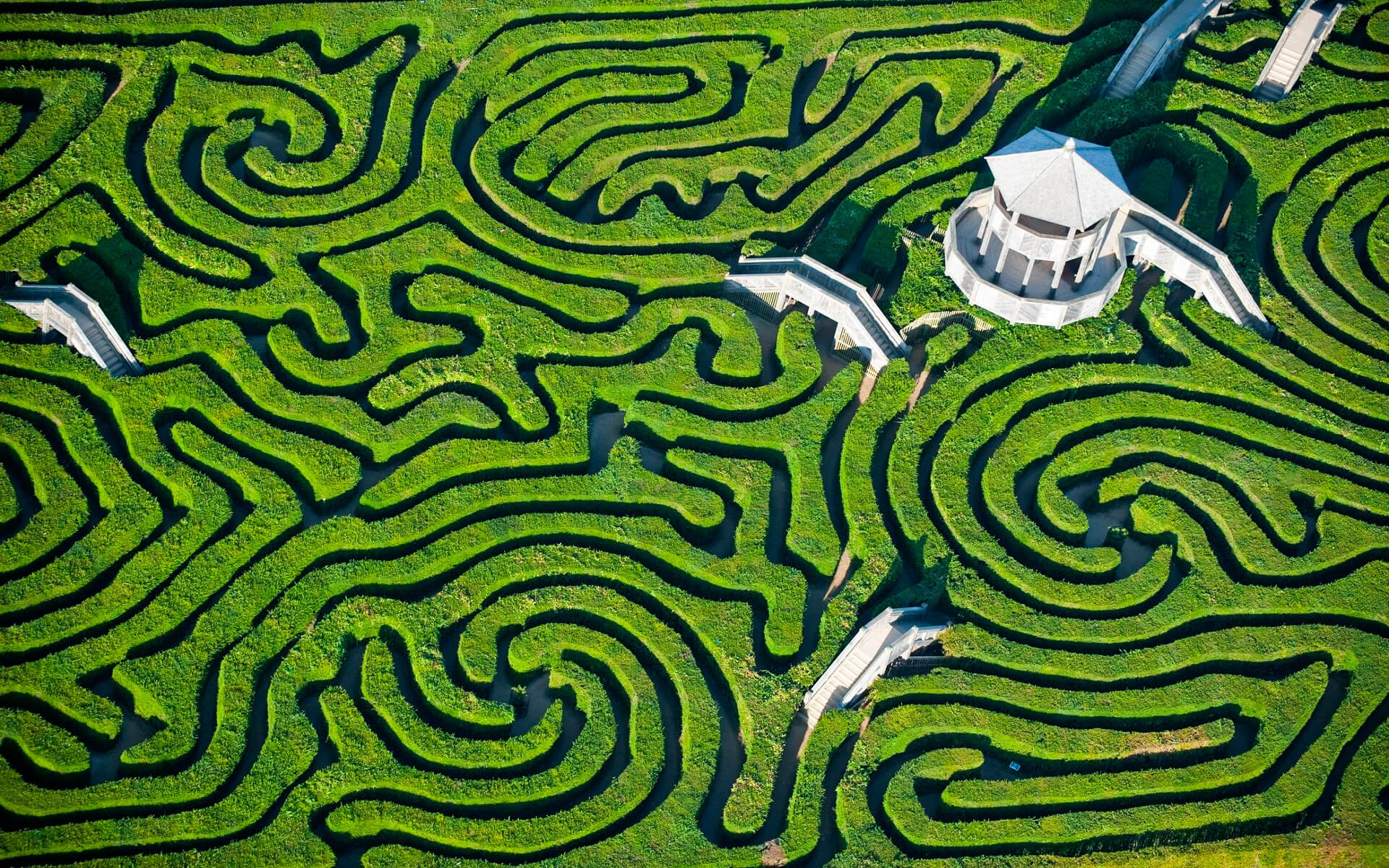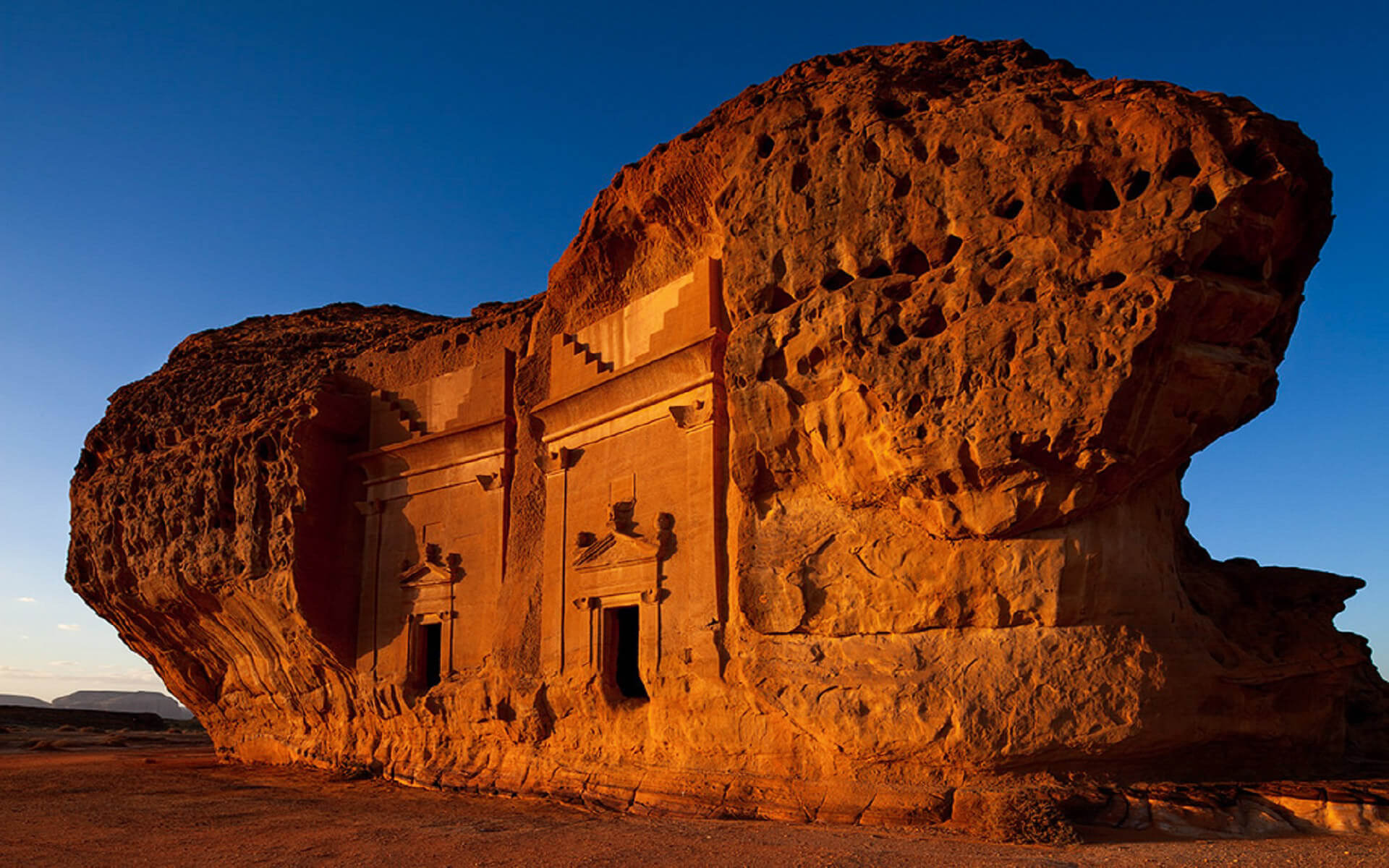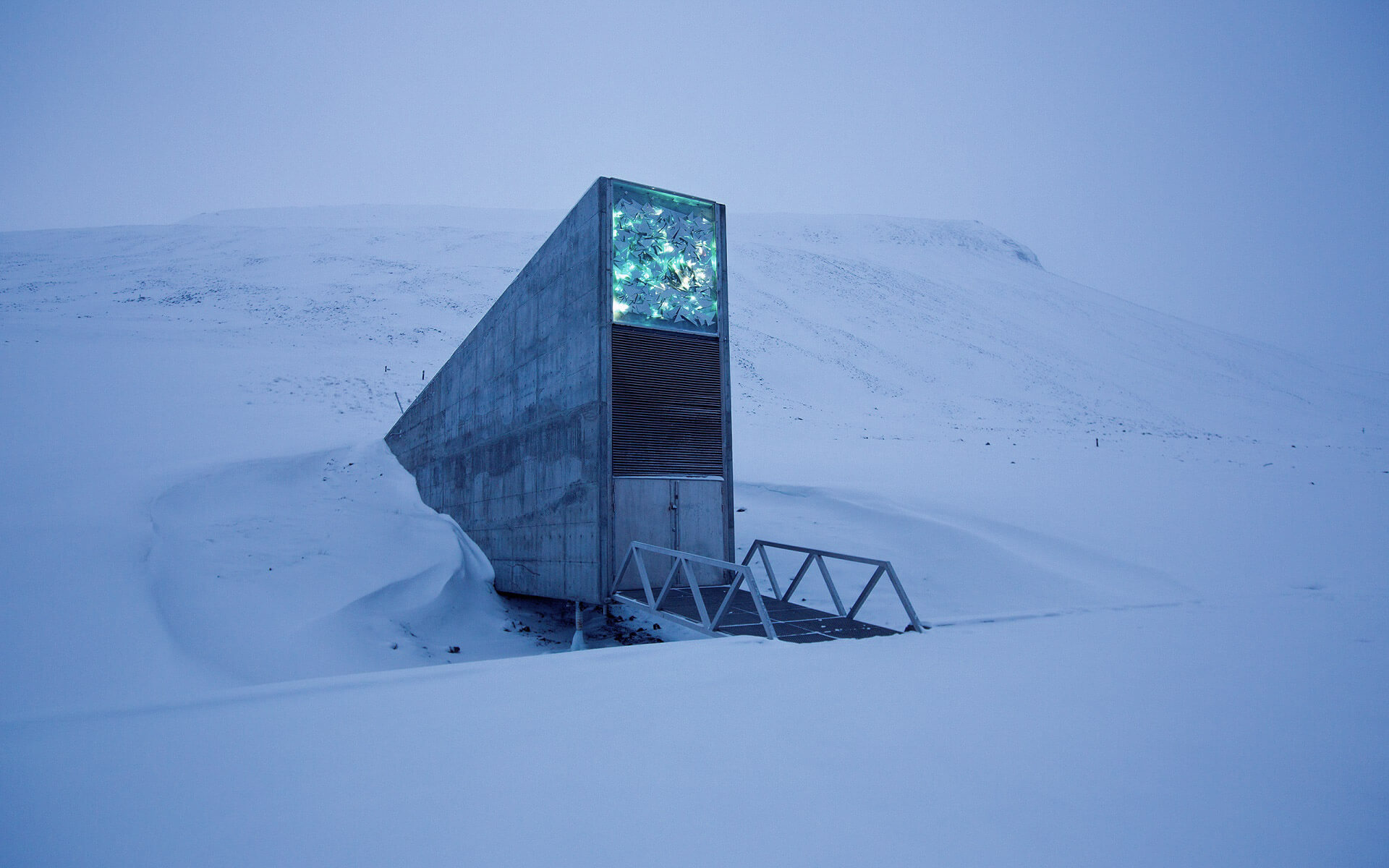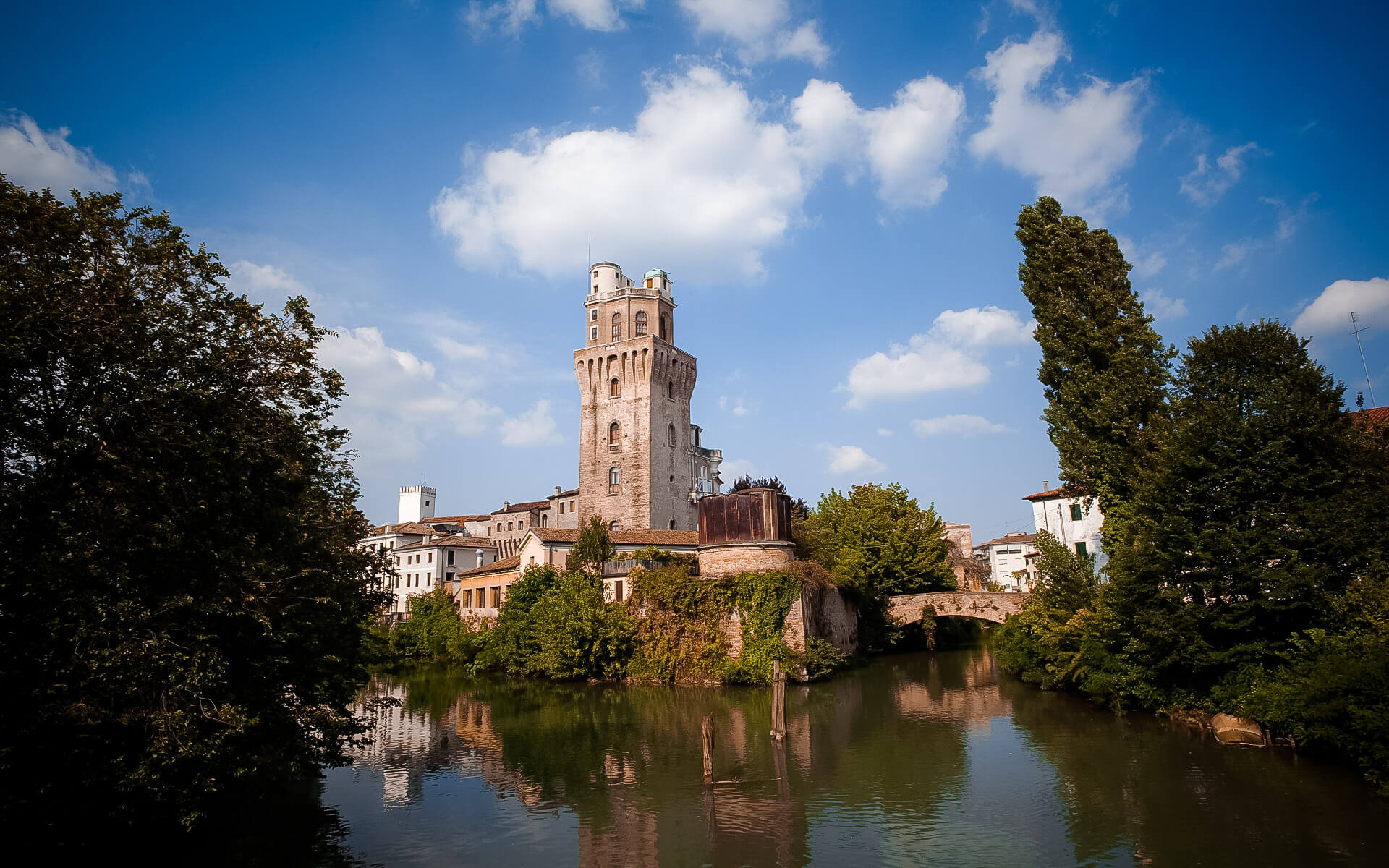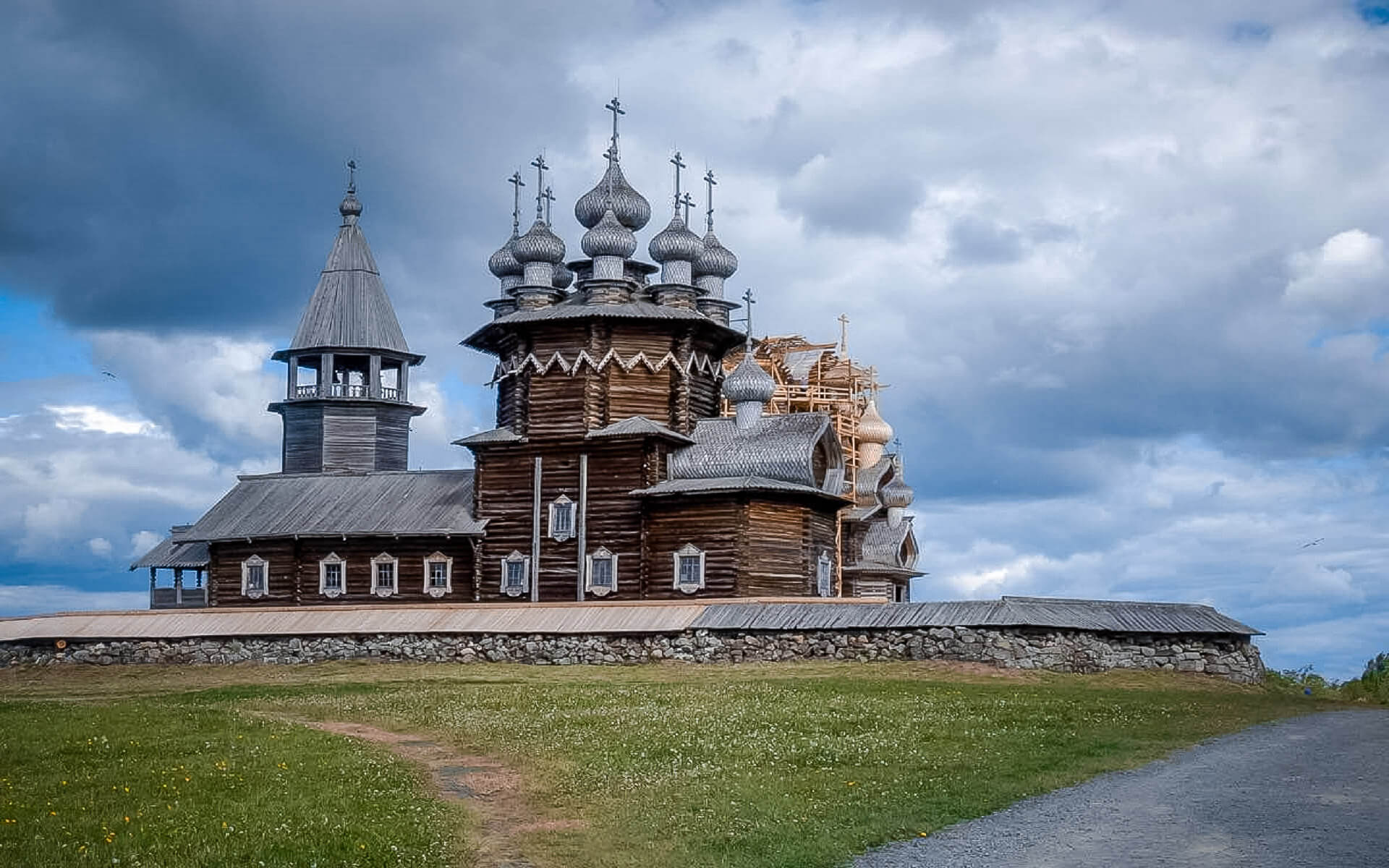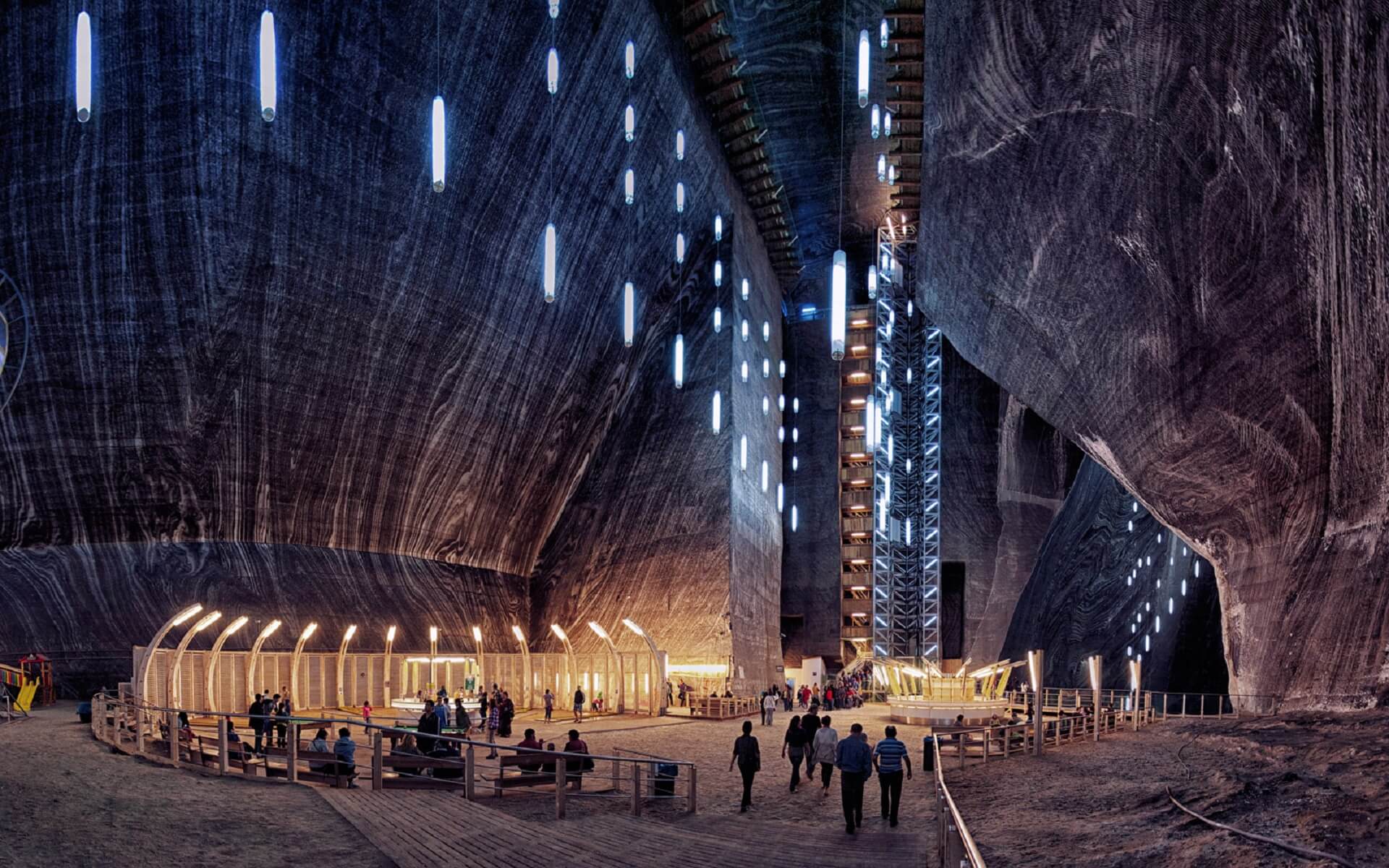Isolated stone rocks, puppets on a string, attractions at the bottom of abandoned mines …
You just have to visit these seven unusual locations.
-
La Isla de la Munecas, Mexico
Tucked away among the verdant canals of Xochimilco, Mexico, is the mysterious and intriguing La Isla de la Munecas—a site that has grabbed the imagination of both daring travelers and thrill-seekers. This enthralling island, also known as the “Island of the Dolls,” is steeped in a morbid aura that is both scary and enthralling.
La Isla de la Munecas, located just outside of Mexico City, is an unusual place where the lines between fact and folklore blur. The unsettling allure of the island originates from its peculiar inhabitants—thousands of decrepit and untidy dolls dangling from trees, fences, and houses, their amputated limbs and faded eyes creating a bizarre image.
The narrative surrounding La Isla de la Munecas is as enthralling as the island itself. According to legend, the island was originally inhabited by a reclusive man named Don Julian Santana. Don Julian is claimed to have discovered the body of a young girl who had drowned in a nearby canal. Consumed by remorse and tortured by the girl’s spirit, he began collecting discarded dolls as containers for her restless soul.
The collection grew over time, and the island was transformed into a strange and terrifying haven. Visitors to La Isla de la Munecas now can see this creepy display of aged dolls, creating feelings of intrigue and fear. With their missing limbs and faded features, the dolls look to be trapped in a state of eerie melancholy.
Exploring La Isla de la Munecas provides a one-of-a-kind combination of beauty and dread, a sensory experience that sticks in the mind long after leaving its beaches. The island is a testament to folklore’s power and humanity’s fascination with the supernatural.
-
Longleat Labyrinth, England
Longleat Labyrinth is an intriguing maze nestled amid the picturesque Longleat estate in Wiltshire, England, that provides guests an immersive and enchanting experience. This elaborate labyrinth, filled with lush hedges and elegant sculptures, is a tribute to its designers’ artistry and inventiveness.
You are immediately engulfed by a sense of wonder and curiosity as you enter the labyrinth. The architecture of the labyrinth, expertly intended to test even the most seasoned navigators, contains a series of complicated twists and turns that can leave even the most seasoned explorers delightfully disoriented. The neatly maintained and manicured hedges create an ethereal ambiance, adding to the sense of mystery and adventure.
The Longleat Labyrinth is full of surprises and secrets just waiting to be explored. The dance of light and shadow as sunbeams peek through the greenery lends a magical touch to the experience. As you progress deeper into the labyrinth, you may come upon hidden routes that lead to hidden nooks and crannies that provide refuge from the labyrinth’s enthralling mystery.
Keep an eye out for the finely crafted sculptures that adorn the Longleat Labyrinth’s corners and intersections. These artistic works, created by talented artisans, give a bit of whimsy and charm to the already captivating environment of the labyrinth.
As you explore the labyrinth’s meandering passageways, you may come across other adventurers, each on their own quest to conquer the maze. Engage in casual chat, offer tips and methods, or even form impromptu teams to help each other solve the labyrinth’s riddles.
-
Lonely Castle, Saudi Arabia
A spectacular edifice rises amid Saudi Arabia’s wide desert expanse, capturing the imaginations of travelers and history buffs alike. This architectural marvel, known as the Lonely Castle, transports visitors to a time of mystery and grandeur. This beautiful stronghold, nestled among the rough landscape, reflects the Arabian Peninsula’s rich cultural legacy.
The complex features and fine craftsmanship of the Lonely Castle attest to the region’s architectural skill. Its strong walls, ornately carved with ornate carvings and old inscriptions, create awe-inspiring beauty. The castle acted as a fortification during ancient times, giving defense against prospective invaders due to its strategic location overlooking the desolate landscape.
A sense of loneliness pervades the huge courtyards and convoluted passageways of the castle, accentuating its name. Despite the passage of centuries, the castle’s well-preserved state allows visitors to witness the architectural genius of the past. Every corner and cranny tells a narrative, from the mighty towers that strive for the heavens to the ornate archways that lead to hidden chambers.
The interior of the Lonely Castle is a treasure trove of ancient antiques and antiquities that transport tourists back in time to the days of long-gone civilizations. The walls are adorned with decorative themes reminiscent of past civilizations, while delicate mosaics exhibit the finest artistry of the time. From the sumptuous reception rooms where monarchs once held court to the darkly lighted dungeons that whisper tales of intrigue and captivity, each place has its own fascination.
The expanse of the Saudi Arabian desert reveals as you step outside the castle’s walls, with its infinite dunes and the sun’s golden rays creating a strange shine on the landscape. The Lonely Castle, towering strong amidst this stark grandeur, is a symbol of tenacity, a monument to the Arabian people’s enduring spirit.
Visiting the Lonely Castle is like taking a trip back in time, solving the mysteries of a bygone period. It serves as a reminder of Saudi Arabia’s rich and complicated history, calling explorers and history buffs to behold the magnificence that lies concealed within its walls.
-
The Svalbard Global Seed Vault, Norway
The Svalbard Global Seed Vault in Norway is a remarkable tribute to the preservation and protection of Earth’s biodiversity. This exceptional repository, located deep within the Arctic Circle on the remote Svalbard archipelago, serves as a precaution against the potential loss of critical crop types due to unanticipated situations such as natural disasters, climate change, or even human conflicts.
The Svalbard Global Seed Vault, built in 2008, is cleverly constructed to survive the test of time and keep stored seeds viable for decades. Its location was chosen for its natural benefits, notably the surrounding permafrost, which ensures continual low temperatures and provides a secure environment for long-term storage. The vault sits deep within a mountain, protected by massive granite walls, and accessible by a 100-meter tunnel.
The Svalbard Global Seed Vault’s principal goal is to act as a backup for existing gene banks around the world. These gene banks conserve agricultural diversity by storing seeds from numerous plant species. In the case of a natural disaster or crop disease outbreak, the vault serves as a beacon of hope. It stores duplicates of these seeds, providing a lifeline for the rebuilding and restoration of devastated agricultural systems.
The vault now stores over a million seed samples that have been thoroughly cataloged and categorized. Almost every country’s seeds can be found within the vault’s chambers. The broad collection includes important crops including wheat, maize, and rice, as well as less common and underutilized plants. The vault allows free deposits from gene banks all over the world, enabling international collaboration and unity in the preservation of our agricultural heritage.
The Svalbard worldwide Seed Vault not only safeguards worldwide food security, but it also serves as a symbol of global solidarity in the face of potential threats to our planet’s biodiversity. Its existence represents our commitment to the future, guaranteeing that the genetic diversity required for agricultural sustainability and risk mitigation can remain.
-
La Specola, Italy
La Specola, a remarkable museum in the charming city of Florence, Italy, is a monument to the beauty and intricacy of the natural world. La Specola, founded in 1775, is one of Europe’s oldest scientific museums, with a large collection of anatomical wax models, zoological specimens, and natural history artifacts.
The museum gets its name from the Observatory, which used to be housed in the same building. The awe-inspiring collection of anatomical models, however, steals the show. These La Specola anatomical waxworks, created with careful detail and perfection, provide an unmatched view into the human body. These masterpieces, which range from skeleton structures to sophisticated reproductive systems, surprise visitors with their lifelike realism and artistic delicacy.
Walking through the hallways of La Specola, one comes across an astonishing collection of zoological treasures. From towering elephants to fragile butterflies, the museum exhibits an incredible array of animal species from all around the world. The taxidermy exhibits, which have been painstakingly conserved over the years, reflect our planet’s great biodiversity and provide an insight into the past.
La Specola’s famed collection of marine specimens is one of its most prominent features. The captivating beauty and fragility of underwater habitats are exemplified by seashells of diverse shapes and sizes, coral formations, and even preserved fish. Each species has its own story to tell, shedding light on the mysteries of the ocean depths.
La Specola’s holdings include minerals and fossils, in addition to anatomical and zoological specimens. These geological marvels enchant tourists with their vibrant hues, fascinating patterns, and stories about our planet’s ancient history.
A trip to La Specola is a journey into the realm of scientific discovery, where one can marvel at the complexities of the human body, study the diversity of the animal kingdom, and delve into the mysteries of Earth’s geological history. As you walk through the hallways of this extraordinary institution, you can’t help but be amazed by the natural world’s beauty and complexity, as well as the persistent work of the scientists and artists who have preserved its glories for future generations.
-
Kizhi Island, Russia
Kizhi Island, located in the peaceful waters of Lake Onega, is a timeless masterpiece of Russian architectural heritage. This enthralling island, located in the Karelia area of Northwestern Russia, is a refuge for history buffs and lovers of fine craftsmanship.
Kizhi Island, with its rich and fabled past, entices visitors with its awe-inspiring assemblage of wooden constructions, most notably the Kizhi Pogost. This architectural complex, which consists of two towering cathedrals and a bell tower, exemplifies traditional Russian carpentry’s outstanding skill and creativity. Craftsmen painstakingly built these magnificent structures entirely of wood, employing interlocking connections and innovative joinery techniques.
A sense of timelessness pervades the air as one strolls across the island’s beautiful surroundings. The magnificent Transfiguration Church, with its twenty-two onion domes, dominates the skyline and invites visitors to marvel at its splendor. The complex latticework and decorative details on the church’s facade are a monument to the passion and expertise of the craftsmen.
The tiny but intriguing Intercession Church is located next to the Transfiguration Church. It exudes a subtle elegance with its delicate dimensions and harmonious design. A visit inside reveals a treasure trove of precious symbols, each of which tells a narrative of faith and devotion.
Kizhi Island is more than just a static display of architectural brilliance; it comes to life during the summer months, when traditional Russian festivals and cultural events take center stage. Visitors can experience the vivacity and energy of the local customs by witnessing captivating performances of folk dance and music.
Without a doubt, a visit to Kizhi Island provides a once-in-a-lifetime opportunity to observe Russia’s rich cultural history. The island’s allure stems not just from its exceptional architectural achievements, but also from its flawless harmony with its natural surroundings. As the gentle breeze rustles over the centuries-old wooden structures, one can’t help but feel a profound sense of reverence for the skill, craftsmanship, and perseverance that have fashioned this enthralling island throughout the decades.
-
Salina Turda, Romania
Salina Turda, a unique treasure in the heart of Transylvania, has caught the interest of both locals and tourists. Nestled among Romania’s gorgeous terrain, this subterranean treasure reveals a world unlike any other, where natural beauty meets historical relevance.
Salina Turda, located in the town of Turda, is home to an incredible network of subterranean salt mines dating back to the 17th century. These mines, which have been turned into an enthralling subterranean entertainment park, draw people from all over the world.
Visitors to Salina Turda are transported to a realm where time appears to stand still. The enormous underground environment is embellished with intricate salt formations, stalactites, and stalagmites, creating an ethereal mood. This labyrinthine wonderland welcomes adventurers to embark on an adventure.
As one descends farther into Salina Turda, they come upon a beautiful underground lake—a massive body of saltwater that replicates the breathtaking surrounds. The lake, Terezia, allows guests to enjoy a boat trip and immerse themselves in the peculiar environment that only Salina Turda can provide.
Aside from its natural beauty, Salina Turda has a number of interesting attractions. The spectacular Rudolf Mine, a former salt extraction location, is now a multi-purpose venue for art exhibitions, concerts, and even weddings. The underground engineering marvel’s towering ceilings and huge halls generate a sense of grandeur, leaving visitors in awe.
Salina Turda does not disappoint those looking for a thrill. The mine’s amusement park includes activities such as a Ferris wheel, mini-golf, and even a bowling alley, all meant to keep visitors of all ages entertained. It’s a bizarre experience to enjoy these pastimes while surrounded by the mine’s historic walls, a tribute to human ingenuity.
Salina Turda is a symbol of Romania’s rich history and natural marvels. Its one-of-a-kind combination of geological significance and recreational opportunities guarantees a remarkable experience for anyone who go into its depths.


